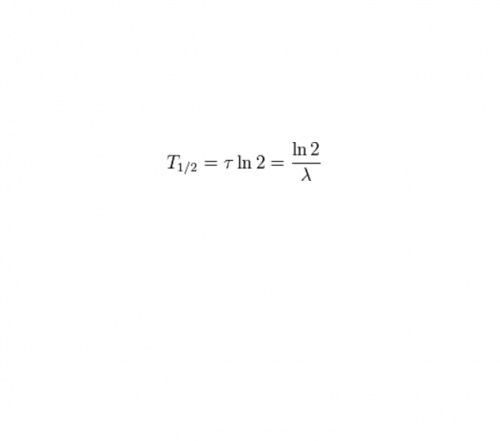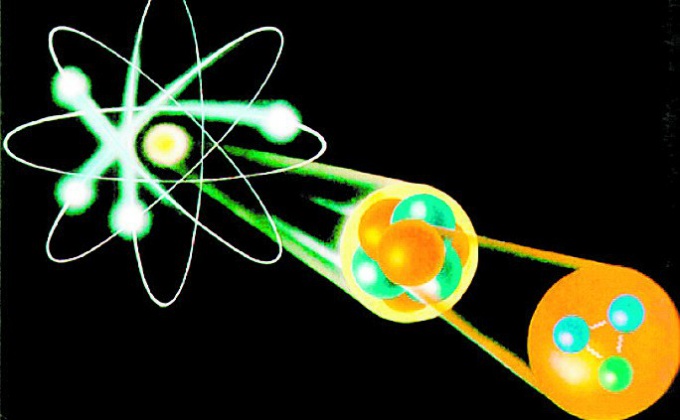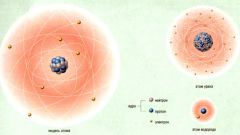Instruction
1
The half-life is constant for the respective substance. It is not influenced by such external factors as pressure and temperature. However, it should be noted that the isotopes of one and the same substance, the value of the required quantity may be very different. This does not mean that after two half-lives will break all of this stuff. The initial number of atoms will decrease with a certain probability in each period by about half.
2
Thus, for example, ten grams of the isotope oxygen-20, half-life equal to 14 seconds, 28 seconds remain 5 grams, and after a 42 – 2.5 grams and so on.

3
This value can be expressed using the following formula (see figure).
Here τ is the mean lifetime of an atom of the substance, and λ is the decay constant. Since ln2 = 0,693... , it can be concluded that the half-life approximately 30% shorter than the lifetime of the atom.
Here τ is the mean lifetime of an atom of the substance, and λ is the decay constant. Since ln2 = 0,693... , it can be concluded that the half-life approximately 30% shorter than the lifetime of the atom.
4
Example: let the number of radioactive nuclei that are capable of turning over some short time interval t2 - t1 (t2 t1) is N. Then the number of atoms that decay during this time, you should denote by n=KN(t2 - t1), where K – coefficient of proportionality equal to 0,693/T^1/2.
According to the law of exponential decay, that is, when the unit of time decays the same amount of substance, uranium-238, it can be calculated that for the year breaks down the following amount of matter:
0,693/(4,498*10^9*365*24*60*60)*6.02*10^23/238=2*10^6 , where 4,498*10^9 – half-life, and of 6.02*10^23 - the number of any element in grams, numerically equal to the atomic weight.
According to the law of exponential decay, that is, when the unit of time decays the same amount of substance, uranium-238, it can be calculated that for the year breaks down the following amount of matter:
0,693/(4,498*10^9*365*24*60*60)*6.02*10^23/238=2*10^6 , where 4,498*10^9 – half-life, and of 6.02*10^23 - the number of any element in grams, numerically equal to the atomic weight.






